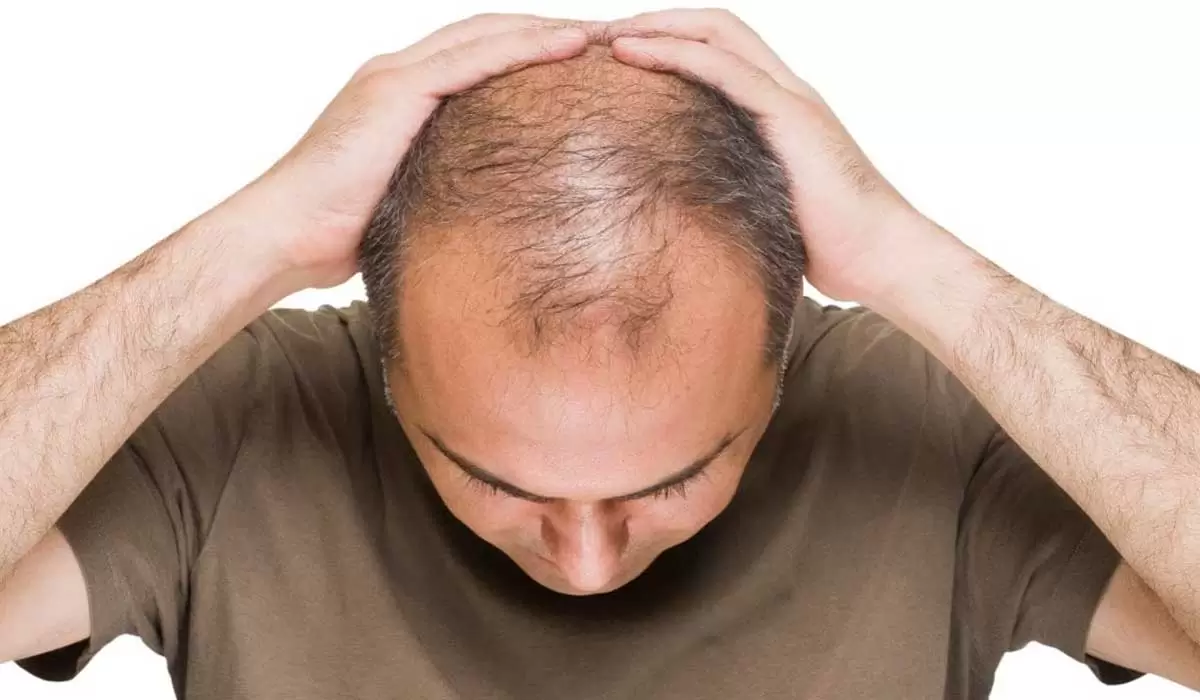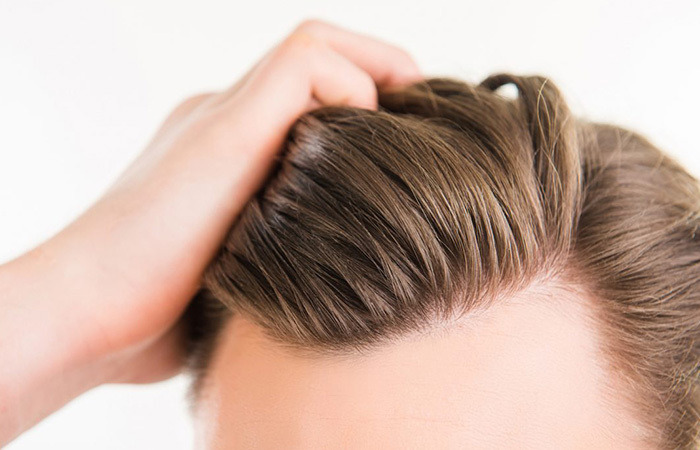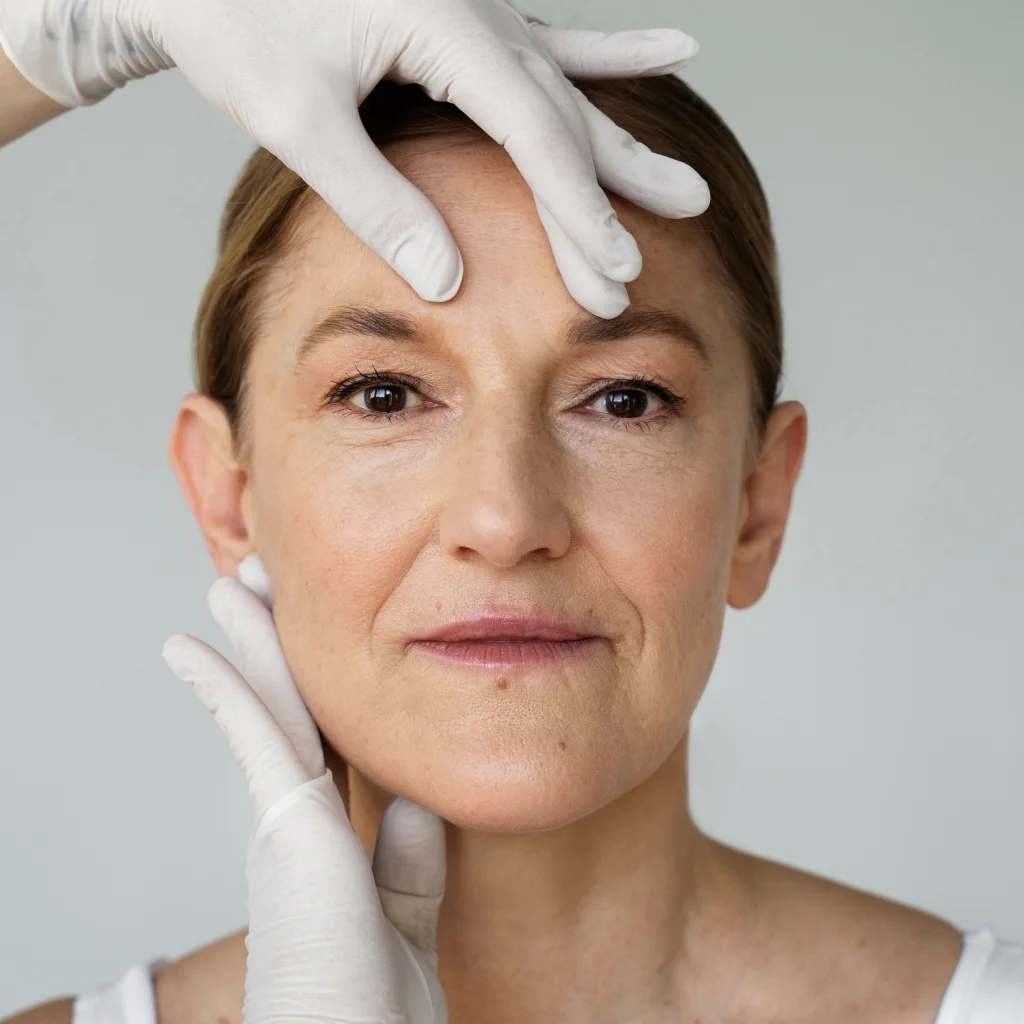FUT hair transplant technique, also known as strip method, is one of the earliest and most established methods used to treat hair loss and restore a fuller, natural appearance. Although newer techniques such as FUE (Follicular Unit Extraction) and Sapphire FUE have emerged, the FUT method remains an effective and practical choice for certain patients.
In this article, we’ll explore the FUT hair transplant procedure, its benefits, drawbacks, stages, and postoperative care guidelines.
What Is FUT Hair Transplant?
The FUT hair transplant is a surgical procedure used to treat baldness and hair thinning. It involves removing a strip of skin—usually from the back or sides of the scalp—that contains healthy hair follicles.
This strip is then divided into small follicular units, each containing 1–4 hairs, which are implanted into areas affected by hair loss.
The donor site is then sutured closed, leaving a linear scar that is typically hidden by the surrounding hair.
FUT vs. FUE and Sapphire Techniques
- Compared to FUE: The FUE technique extracts individual follicles directly from the scalp without removing a strip, resulting in less visible scarring but often taking longer and costing more.
- Compared to Sapphire FUE: The Sapphire method is an advanced version of FUE that uses sapphire blades for precision, while the FUT technique allows for harvesting a larger number of grafts in a single session.
A Brief History of FUT
Hair transplantation has evolved significantly since its beginnings in the 1950s. The FUT technique emerged in the 1990s and quickly became the most common method of hair restoration, improving upon earlier, less refined transplant techniques that often produced unnatural results.
By 2017, the FUE method became more widespread due to its ability to extract individual follicular units with minimal scarring. Nonetheless, FUT remains a trusted and efficient approach, particularly in cases requiring extensive grafting.
Advantages of FUT Hair Transplantation
The FUT method offers several advantages that make it a suitable choice for many patients:
- Ability to transplant a large number of grafts: Thousands of follicles can be harvested in a single session, making it ideal for advanced baldness.
- Lower cost: Generally more affordable than FUE or DHI procedures.
- High efficiency: Yields excellent success rates when performed by a skilled surgeon.
- Permanent results: Transplanted follicles from the donor area are resistant to hair loss, ensuring lasting outcomes.
- Effective for extensive baldness: Suitable for covering large areas of the scalp.
- Clinically proven technique: Has been used for decades with well-documented success.
Disadvantages and Risks of the FUT Method
- Despite its benefits, FUT hair transplantation has some limitations and potential risks:
- Linear scar: Leaves a noticeable scar in the donor area, which may be visible with short hairstyles.
- Longer recovery period: Healing of the donor site may take several weeks compared to FUE.
- Postoperative discomfort: Some patients experience mild pain or tightness in the donor area.
- Limited repeatability: The procedure cannot be repeated if the donor area becomes depleted.
- Surgical risks: Such as infection, bleeding, or localized inflammation if not properly managed.
- Not suitable for all patients: Especially those who prefer very short haircuts or have tight scalps.
Ideal Candidates for FUT Hair Transplant
FUT is most suitable for individuals who:
- Suffer from advanced hair loss or extensive baldness.
- Have a donor area rich in healthy follicles (usually at the back or sides of the head).
- Don’t mind a linear scar that can be concealed by longer hair.
- Are in good general health and free of conditions that contraindicate surgery.
- Have realistic expectations about the results.
- Prefer a cost-effective option compared to more modern techniques.
Who Is Not a Good Candidate?
- Those who prefer very short hairstyles, where the scar may be visible.
- Individuals with a tight or inelastic scalp.
- Patients with active scalp diseases, such as infections or psoriasis.
- Individuals with uncontrolled chronic conditions, such as diabetes or bleeding disorders.
Preparing for FUT Hair Transplant Surgery
Before the procedure, you’ll have an initial consultation with your surgeon to discuss all aspects of the operation, including expected outcomes. If you decide to proceed, a surgery date will be set, and your doctor will provide specific preoperative instructions such as:
- Quit smoking prior to surgery.
- Stop taking medications such as aspirin or anti-inflammatory drugs.
- Massage the scalp regularly to improve circulation.
Stages of the FUT Hair Transplant
The procedure is performed in a specialized clinic under the supervision of a qualified plastic surgeon or hair restoration specialist. It involves the following steps:
-
Initial Evaluation
- The doctor examines the scalp to assess the donor area and estimate the required number of grafts.
- The recipient area and desired hairline design are discussed.
-
Patient Preparation
- The scalp is sterilized, and the donor area may be trimmed if necessary.
- Local anesthesia is administered to numb both donor and recipient sites.
-
Strip Extraction
- The surgeon removes a strip of skin, typically 15–25 cm long and 1–2 cm wide, from the back of the head.
- The donor area is closed with fine surgical sutures to minimize scarring.
-
Follicle Preparation
- Under a microscope, the strip is divided into small follicular units, each containing 1–4 hairs.
- The grafts are stored in a special preservation solution to maintain viability.
-
Channel Creation
- Tiny incisions are made in the recipient area using precise instruments.
- The openings are designed to match the natural angle, direction, and density of the hair.
-
Graft Implantation
- The follicular units are carefully placed into the prepared channels.
- The distribution is adjusted to achieve a natural and uniform look.
-
Postoperative Care
- The scalp is covered with a protective dressing, and the patient receives detailed aftercare instructions and follow-up appointments.
- The procedure typically lasts 4 to 8 hours, depending on the size of the area being treated.
Recovery After FUT
After the local anesthesia wears off, mild pain or discomfort may occur, which can be managed with prescribed painkillers.
Some swelling may appear but usually subsides with antibiotics and anti-inflammatory medication.
Most patients can return to normal daily activities within 1–2 days after the procedure.
Results of FUT Hair Transplantation
- Shedding Phase: Transplanted hair typically falls out within 2–3 weeks post-surgery. This is a normal part of the cycle, as new hair will begin to grow within a few months.
- Multiple Sessions: Some patients may require more than one session, depending on the extent of hair loss and desired coverage. Others may achieve satisfactory results after a single procedure.
- Growth Timeline: Approximately 60% of new hair growth is observed around five months after surgery. Patience and adherence to medical advice are essential for optimal results.
Cost of FUT Hair Transplant
The cost varies depending on the surgeon’s experience, clinic location, and additional expenses such as anesthesia and prescribed medications.
In Egypt, the average cost ranges from $800 to $1,500 USD.
Possible Complications of FUT
While FUT is considered a safe and effective surgical procedure, it carries some potential risks, including:
- Slow or weak regrowth: May occur if follicles are damaged during extraction or implantation.
- Infection: Extremely rare, as most surgeons prescribe preventive antibiotics before and after surgery.
- Visible scarring: Surgeons typically position the incision in a discreet area to minimize visibility.
- Poor wound healing: Healing time may vary depending on genetic factors and individual health conditions.












